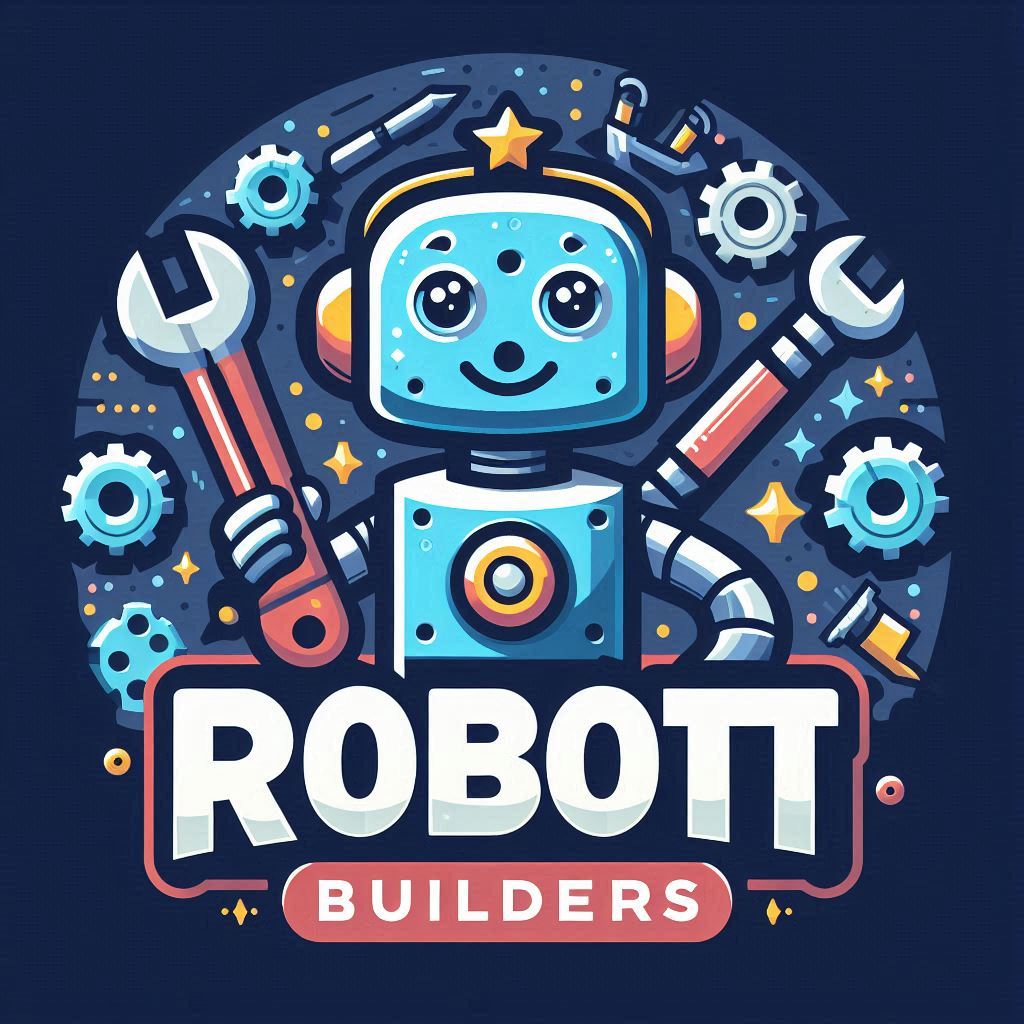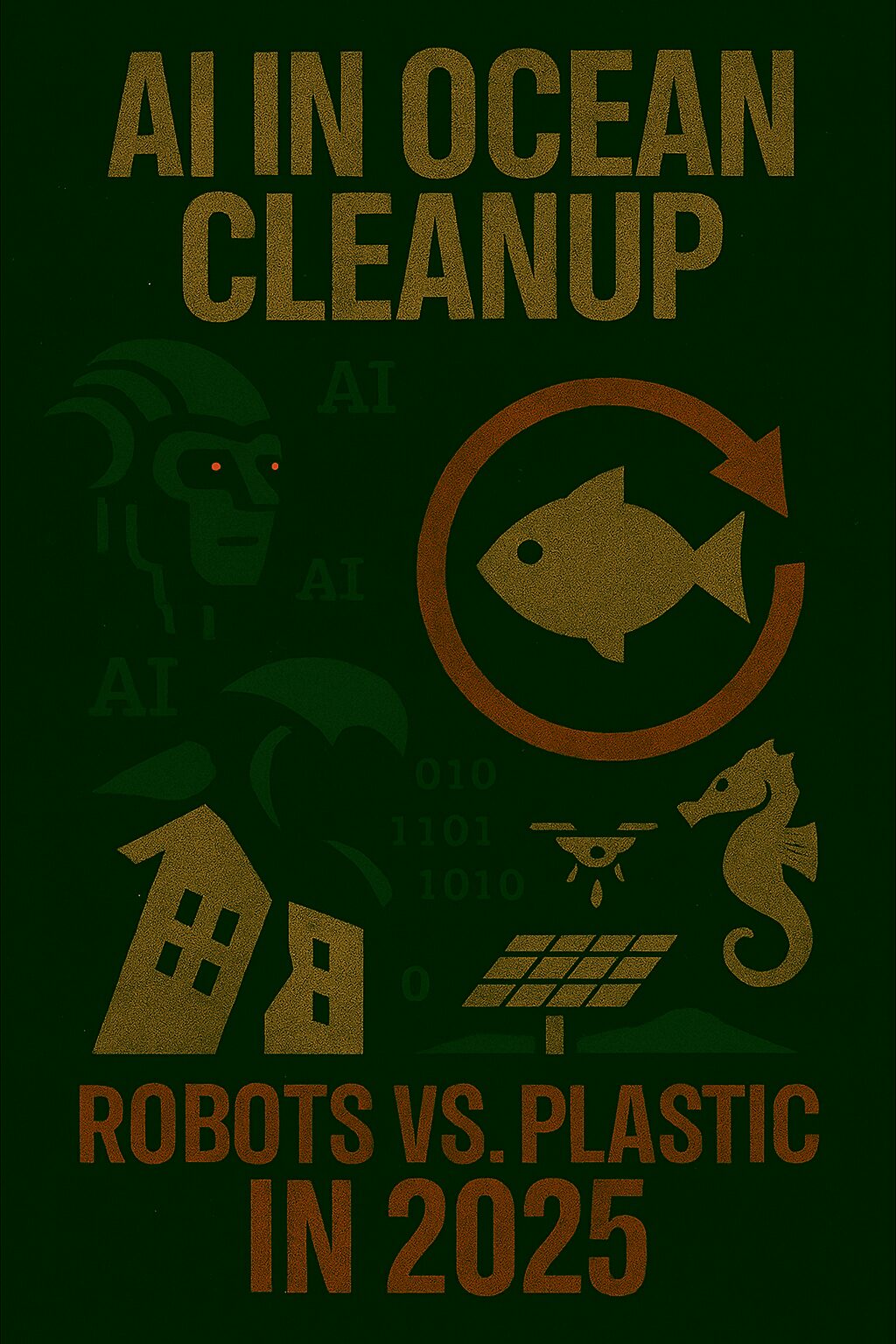Introduction: A Crisis Beneath the Waves
The oceans are drowning in plastic. Over 11 million metric tons of plastic enter marine ecosystems annually, threatening biodiversity, food chains, and coastal economies. Traditional cleanup methods are slow and costly. But in 2025, artificial intelligence (AI) is changing the game—deploying autonomous robots, predictive algorithms, and smart sensors to hunt down plastic waste and restore ocean health.
🤖 What Is AI-Powered Ocean Cleanup?
AI in ocean cleanup refers to the use of machine learning, computer vision, and robotics to detect, collect, and analyze plastic pollution in marine environments. These technologies enable:
- 🐟 Autonomous robots that identify and remove plastic debris
- 🧠 AI algorithms that predict plastic drift patterns and hotspots
- 🛰️ Satellite-linked systems that map pollution zones in real time
- 🧪 Microplastic filters powered by AI for water purification
- 📊 Data analytics to guide policy and conservation strategies
The University of Surrey’s “Gillbert” robo-fish, for example, eats microplastics to power itself, offering a self-sustaining cleanup model.
📈 How AI Is Transforming Ocean Cleanup in 2025
| AI Capability | Impact on Marine Conservation |
|---|---|
| 🧠 Machine Learning Models | Predict plastic movement and accumulation zones |
| 📸 Computer Vision | Detects plastic types and sizes in real time |
| 🚁 Autonomous Drones & Robots | Collect debris from surface and seabed |
| 🧪 AI-Powered Filters | Remove microplastics from water columns |
| 📊 Predictive Analytics | Inform cleanup routes and resource allocation |
The Ocean Cleanup’s System 03, a 2.2 km-long AI-guided barrier, is now operational in the Pacific, collecting thousands of kilograms of plastic weekly.
🧪 Real-World Applications in 2025
- 🐠 Gillbert robo-fish cleans polluted waterways while generating energy
- 🌐 The Ocean Cleanup uses AI to optimize collection routes and reduce fuel use
- 🛰️ Satellite-AI fusion maps plastic drift across oceans for targeted response
- 🧬 AI filters developed in India remove microplastics from coastal waters
These innovations are helping scientists, governments, and NGOs scale marine protection like never before.
⚠️ Challenges and Ethical Considerations
Despite its promise, AI in ocean cleanup faces hurdles:
- 🧮 High energy demands for AI model training and robot deployment
- 🔐 Data privacy concerns from marine surveillance systems
- ⚖️ Risk of over-reliance on tech vs. reducing plastic production
- 🛠️ Limited access to AI tools in developing coastal regions
Solutions include open-source robotics, low-power AI chips, and inclusive ocean tech initiatives.
🛡️ How to Scale AI for Ocean Health
✅ Key Strategies:
- Invest in AI-powered marine robotics and satellite systems
- Support global data-sharing platforms for ocean pollution
- Promote sustainable design in robot manufacturing
- Align marine policy with AI-driven insights
- Empower coastal communities with AI literacy and tools
🔑 SEO Keywords to Target
- AI in ocean cleanup 2025
- robots vs plastic pollution
- artificial intelligence marine conservation
- smart ocean cleanup technology
- autonomous plastic collection systems
- microplastic filters with AI
- satellite AI for ocean health
🧭 Conclusion: Intelligence Meets the Deep
In 2025, AI is more than a tool—it’s a tide-turner. By combining robotics, data, and environmental science, artificial intelligence is helping humanity reclaim the oceans from plastic. The future of marine conservation isn’t just reactive—it’s intelligent.

